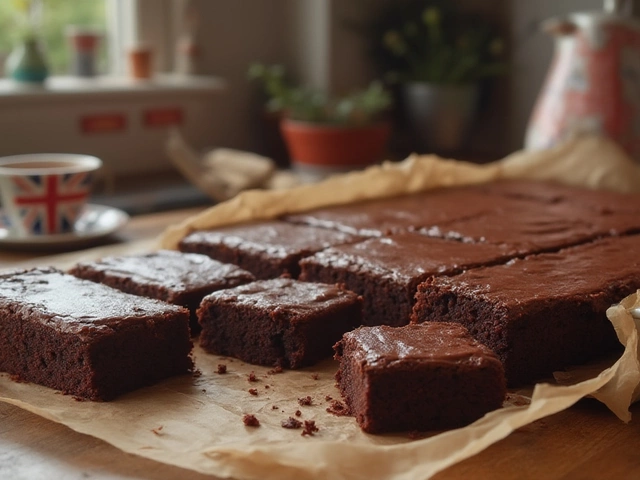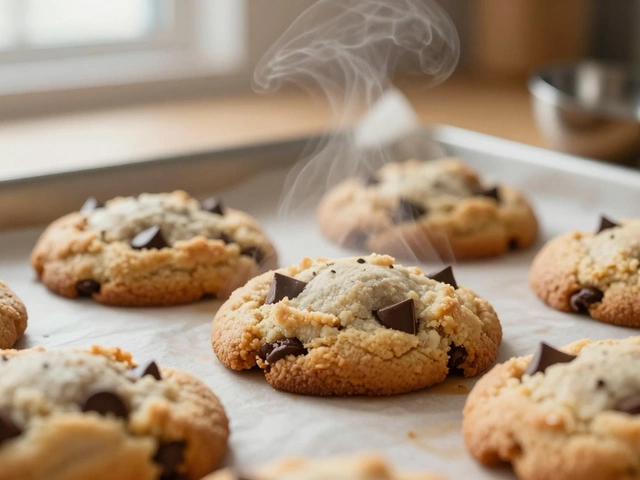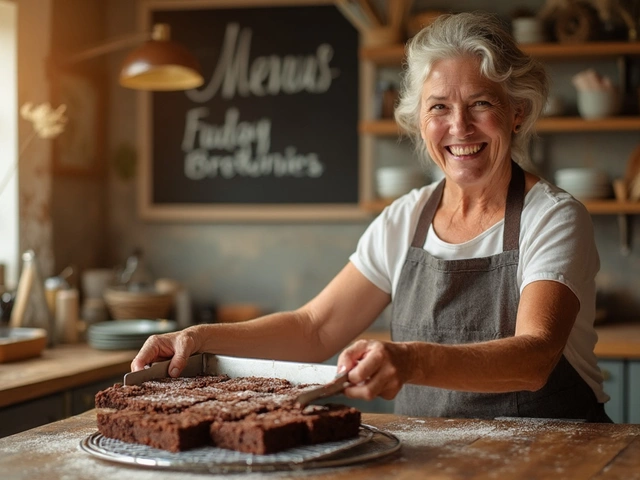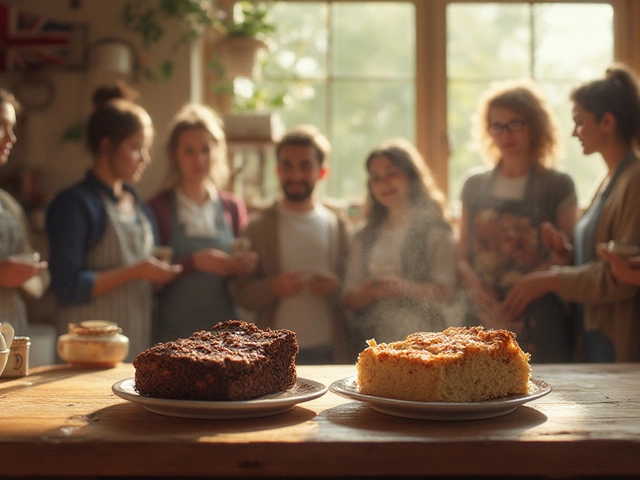Cheese Culture: From Farm to Table
Cheese is more than a snack – it’s a whole world of flavor, tradition, and fun. Whether you’re new to cheese or already love a good slice, understanding the basics helps you pick, pair, and cook with confidence.
Why Cheese Matters
Cheese started as a way to keep milk from spoiling. Over centuries, people learned to change texture, taste, and smell by tweaking milk, bacteria, and aging time. That’s why you can find soft, creamy brie, sharp cheddar, and crumbly feta all in one pantry.
Each cheese tells a story about its region. A Swiss Emmental shows the Alpine climate, while an Italian mozzarella reflects hot summer milk. Knowing a cheese’s origin gives clues on the best ways to serve it. For example, a tangy goat cheese works well with honey, but a nutty gouda shines when melted over potatoes.
Cheese also brings people together. Think of a cheese board at a party or a grilled cheese at a lunch break. The simple act of sharing a slice creates a relaxed vibe and sparks conversation.
How to Enjoy Cheese at Home
Start with a small selection: one soft, one semi‑hard, and one hard cheese. This mix lets you explore texture differences without overwhelming your fridge. Let each piece sit at room temperature for about 30 minutes before eating – that brings out the full flavor.
When building a cheese board, add a few simple sides: fresh fruit, nuts, and a drizzle of honey or jam. These extras balance the richness and make the board look inviting. No need for fancy crackers; plain baguette slices work perfectly.
If you like cooking, cheese can be the star of a quick meal. Toss cubed cheddar into a skillet with butter, a splash of milk, and a dash of pepper for an instant sauce. Or crumble feta over roasted veggies for a salty finish. Even a sprinkle of parmesan on popcorn adds a savory crunch.Storing cheese right keeps it fresh longer. Wrap soft cheeses in parchment paper, then a loose layer of foil. Hard cheeses can go in a resealable bag with a slice of apple to retain moisture. Avoid plastic wrap alone; it traps moisture and makes the cheese soggy.
Want to try making cheese at home? Start with paneer – it needs only milk and lemon juice. Heat milk, add the acid, strain, and press the curds. Within an hour you have a fresh cheese ready for curries or salads.
Finally, have fun with cheese pairings. A crisp white wine matches well with a buttery brie, while a bold red underscores the sharp bite of aged cheddar. If you prefer non‑alcoholic drinks, try sparkling water with a splash of fruit juice.
Cheese culture is all about curiosity and taste. Explore new varieties, experiment with simple recipes, and share your finds with friends. The more you play with cheese, the richer your food experience becomes.






